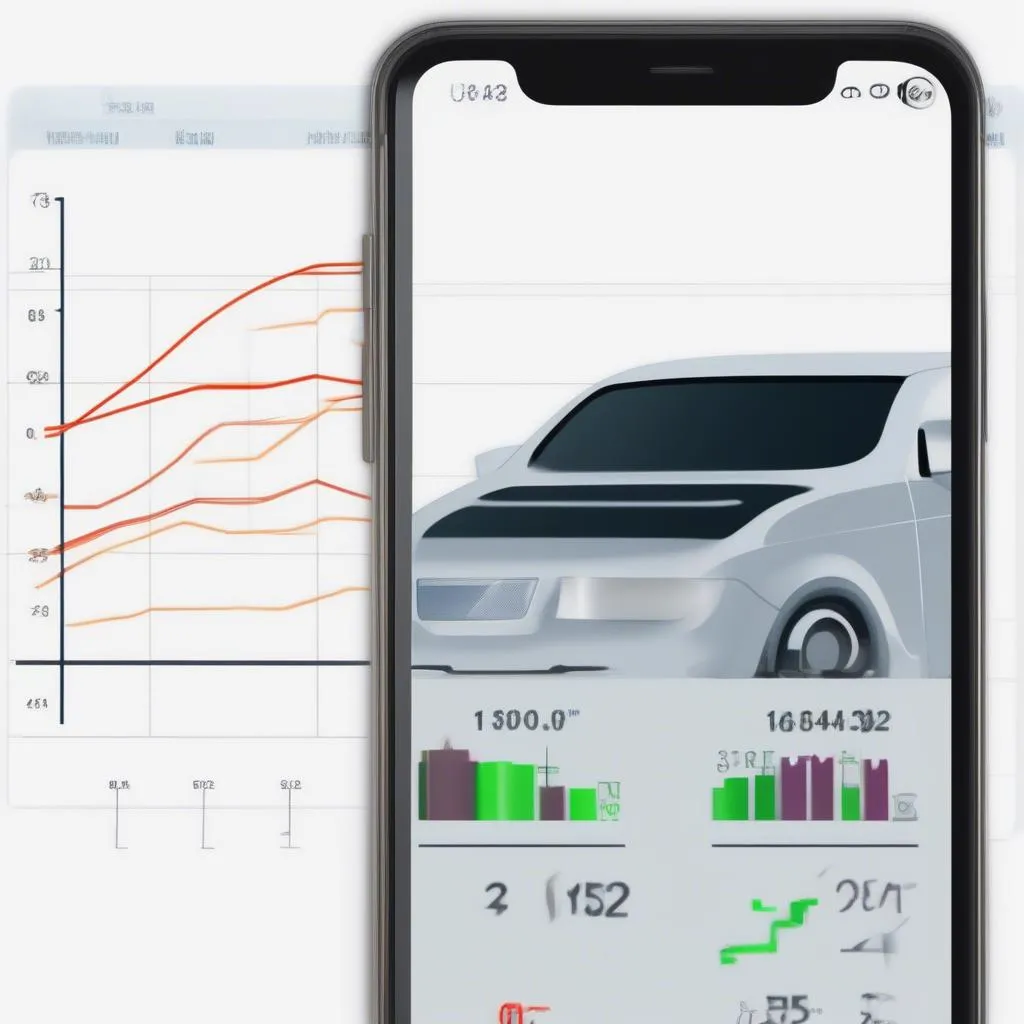“Vroom, vroom!” goes the engine of your dreams, but it’s just a fantasy, right? Not necessarily. While you might not be able to transform your modest four-cylinder into a roaring V8 overnight, there’s a way to experience the thrill without popping the hood: engine sound simulator apps that don’t require OBD.
Maybe you’re driving a quieter electric vehicle and miss the rumble of a combustion engine. Or perhaps you’re fantasizing about the growl of a sports car while stuck behind the wheel of a minivan. Whatever the reason, these apps can bring a bit of auditory excitement to your daily drive. But how do they work, and are they worth your time? Let’s find out!
What Does “Engine Sound Simulator App No Obd” Even Mean?
Before we delve into the virtual world of engine sounds, let’s break down the jargon:
- Engine Sound Simulator App: This part is pretty straightforward. These apps are designed to mimic the sound of different engines, from the purr of a classic muscle car to the whine of a turbocharged import.
- No OBD: OBD stands for On-Board Diagnostics. Many car-related apps, especially those focused on performance, connect to your car’s computer system through the OBD port. This allows them to access real-time data like RPMs (revolutions per minute), which is crucial for accurately replicating engine sounds based on your driving. “No OBD” means these apps don’t require that physical connection.
So, How Do They Work?
If the app isn’t plugged into your car, how does it know when to roar and when to idle? Engine sound simulator apps without OBD rely on your phone’s sensors, particularly the accelerometer. This sensor detects changes in motion and speed, allowing the app to trigger corresponding engine sounds.
 accelerometer-sensor
accelerometer-sensor